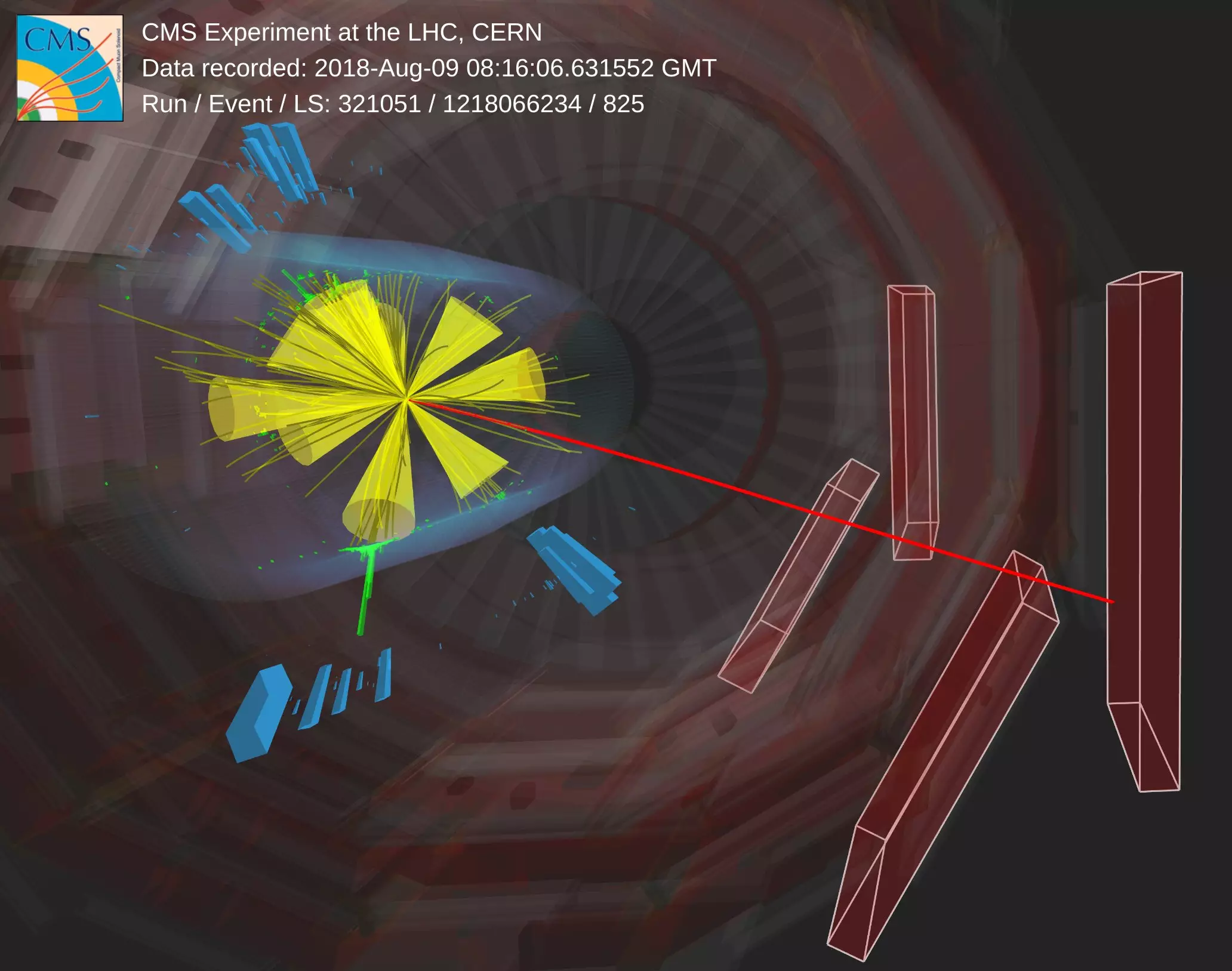Supersymmetry (SUSY) is a theory in particle physics that introduces superpartner particles for all known particles, providing a solution to some of the unanswered questions in the field. One example is the existence of the top squark or “stop,” which is the superpartner of the top quark in the Standard Model.
In 2021, the CMS collaboration reanalyzed collision data from 2016 to 2018, looking for features that could indicate the presence of stop particles. The initial findings suggested the possible existence of stops, but to confirm this, the collaboration upgraded their analysis techniques.
The analysis focused on the simultaneous production of pairs of stops, which decay into top quarks and multiple jets. Distinguishing this signal from the background noise posed a challenge, as the production of top quarks also generates a similar signal with accompanying jets.
The traditional ABCD method used to estimate backgrounds from data was found to be invalid due to the correlation of variables in the stop search. To address this, CMS physicists developed a novel approach based on machine-learning techniques to identify two variables with minimal correlation and divide the data into signal and background regions.
By using this innovative method, the CMS collaboration successfully predicted the dominant background in the analysis from observed data, eliminating uncertainties associated with simulations. This led to a significant improvement in analysis sensitivity, allowing for the detection of signals with greater clarity. The absence of a signal in the analysis indicated that a stop decaying into top quarks and jets must have a mass exceeding 700 GeV in specific SUSY scenarios.
With a more refined analysis method in place, physicists are now keen on exploring the data from the ongoing LHC Run 3 to delve deeper into the mysteries of particle physics. The quest to uncover the secrets of Nature continues as researchers strive to unravel the enigmatic realm of supersymmetry and beyond.


Leave a Reply